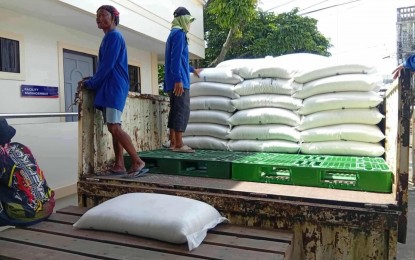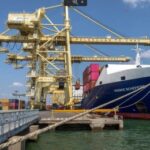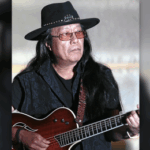LEGAZPI CITY – The provincial government of Albay distributed 900 sacks of rice to the 18 local government units (LGUs) affected by recent weather disturbances.
Each LGU received 50 sacks of rice, weighing 50 kg each.
The rice was distributed—some was picked up at NFA warehouses in Legazpi and Tabaco, while the rest was delivered using trucks.
The LGUs of Tiwi, Malinao, Tabaco City, Malilipot, Sto. Domingo, Bacacay, Legazpi, Daraga, Camalig, Guinobatan, Oas, Ligao, and Pio Duran had already received 50 sacks of rice each last week as additional support for their ongoing relief operations.
Jovellar and Libon received assistance on July 30, while the remaining 150 sacks will be delivered to three LGUs—Rapu-Rapu, Manito, and Polangui—this week.
Albay Governor Noel Rosal stated that the supplies are part of the province’s support for the LGUs’ relief efforts.
“This supply is meant to assist the LGUs, which have prepositioned goods and allocated funds as part of their disaster management strategy,” he said.
Albay
Albay is a province in the Philippines, located in the Bicol Region, known for its iconic Mayon Volcano, a near-perfect cone-shaped active volcano. The area has a rich history, with settlements dating back to pre-colonial times and Spanish influence evident in its churches, such as the Cagsawa Ruins, remnants of a 16th-century Franciscan church destroyed by Mayon’s 1814 eruption. Today, Albay is a popular tourist destination, offering natural beauty, cultural heritage, and adventure activities.
Legazpi City
Legazpi City, located in the Philippines’ Bicol Region, is the capital of Albay province and is renowned for its stunning views of Mayon Volcano, an active stratovolcano with a near-perfect cone shape. Founded in 1616, the city was named after Miguel López de Legazpi, the Spanish conquistador who established the first colonial settlement in the Philippines. Today, it serves as a major economic and tourism hub, offering attractions like the Cagsawa Ruins, outdoor adventures, and vibrant local festivals.
Tabaco
Tabaco is a city in the Philippines located in the province of Albay, Bicol Region, known for its scenic views of Mayon Volcano and its rich cultural heritage. Historically, it was a major shipbuilding center during the Spanish colonial era and played a key role in regional trade. Today, it is recognized for its vibrant festivals, such as the Tabaco City Festival, and its traditional crafts, including knife-making.
Tiwi
The Tiwi Islands, located off the coast of northern Australia, are home to the Tiwi people, an Indigenous Australian group with a distinct culture, language, and artistic traditions. Known for their vibrant art, particularly wood carvings, paintings, and ceremonial poles (Pukumani), the Tiwi have a rich history tied to their land and Dreamtime stories. European contact began in the 1700s, but the Tiwi maintained strong cultural practices, which continue to thrive today through art, festivals, and community life.
Malinao
Malinao is a municipality located in the province of Albay, Philippines, known for its scenic landscapes, including the iconic Mount Malinao, a dormant volcano. The area has a rich cultural heritage tied to the Bicolano people and was historically influenced by Spanish colonization, evident in its local traditions and Catholic festivals. Today, Malinao is also recognized for its hot springs and ecotourism opportunities.
Sto. Domingo
Sto. Domingo refers to the Santo Domingo Church, a historic Spanish colonial church in Quezon City, Philippines, originally built in Intramuros, Manila, in 1587. The original structure was destroyed during World War II, and the church was relocated to Quezon City in 1954. It is renowned as the home of the Our Lady of La Naval de Manila, a revered Catholic icon, and serves as a significant religious and cultural landmark.
Bacacay
Bacacay is a municipality located in the province of Albay, Philippines, known for its scenic landscapes and proximity to Mayon Volcano. Historically, it was established as a Spanish settlement and played a role in the region’s agricultural and religious development during the colonial era. Today, it is a quiet town with cultural heritage sites, including old churches and traditional Filipino rural life.
Daraga
Daraga is a town in the Philippines’ Albay province, known for its stunning views of Mayon Volcano. It is home to the historic Daraga Church (Our Lady of the Gate Parish), built in 1773 by Franciscan missionaries atop a hill after the destruction of the nearby Cagsawa Church by a volcanic eruption. The town blends natural beauty, colonial heritage, and rich Bicolano culture.






